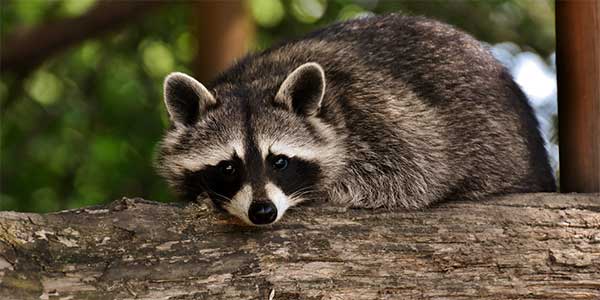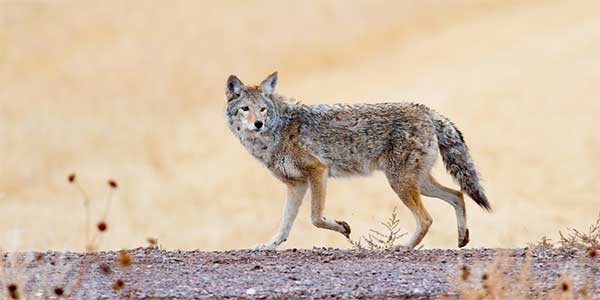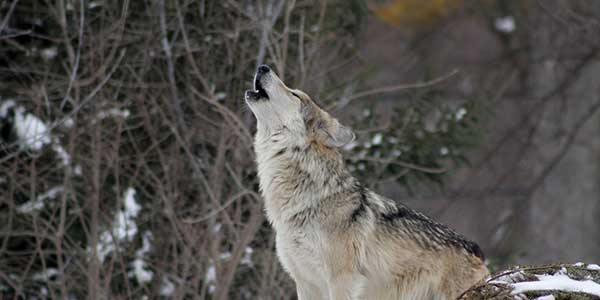Protecting Black Bears
Overview
Black bears are found in every Canadian province and territory except Prince Edward Island. Black bears are highly intelligent animals who have long lives – they live 25-30 years in the wild. Despite their large size, they are primarily herbivores. Despite their ecological importance, BC bears face numerous threats including poaching, loss of habitat, trophy hunting, and climate change.
What Are the Benefits of Black Bears?
People value bears for their considerable ecological and aesthetic purposes; they are one of the most photographed and watched animals across the continent. Black bears are important in maintaining the ecological systems in their forests:
- They disperse seeds across vast distances—even more seeds than birds.
- Bears open up forest canopies that allows sun to filter to the forest floor, which creates greater biological diversity.
- Bears break logs while grubbing, which helps the decomposition process and facilitates the return of nutrients to the soil.
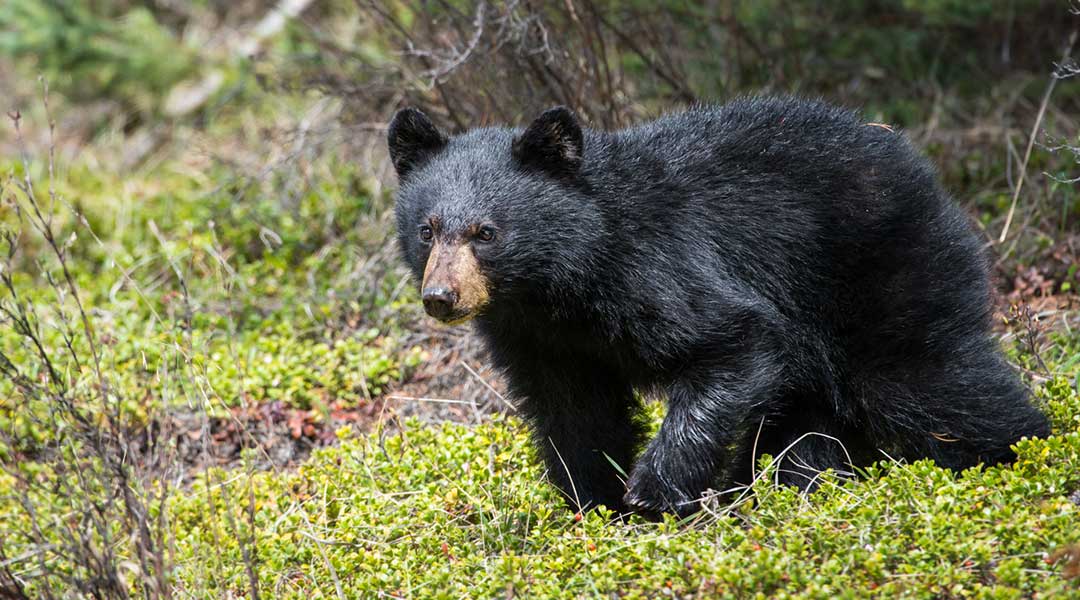
Preventing Conflicts With Bears
If you see a black bear in your yard, don’t fear the worst. A youngster may simply be passing through in search of a home of his own. Or an adult may be checking out an enticing smell or interesting sound. Usually when he finds out there are people around, he’ll head for the hills, never to be seen again.
If you do encounter a bear, remain calm and remember that the bear is likely more scared of you than you are of him. Attacks by black bears on people are very rare and most black bears can be easily scared away with the following approach:
- Stand and face the bear directly. Never run away from or approach him.
- Make yourself look as big as possible by spreading your arms or, better yet, a coat.
- Make as much noise as possible by yelling, banging pots and pans or using other noisemaking devices.
- If the bear approaches and you have bear spray, spray the bear as he approaches.
- In the very rare case that a black bear does attack you, fight back (don’t play dead).
- After the bear leaves, remove whatever attracted him to the location (barbecue grill, bird feeder, pet food or garbage).
Note: these directions are specific for black bears.
What Is a Spirit Bear?
Spirit bears are among the world’s rarest bears, found only in and around areas of the Great Bear Rainforest in BC. Long present in First Nations traditional song, dance, and storytelling, Indigenous peoples once kept these bears a secret in order to protect them from fur traders. They are not albino bears – they are a subspecies of the black bear with a rare, recessive gene causing their white or cream colouring. This recessive gene is incredibly rare in black bear populations, and efforts are being made to protect Spirit Bears accordingly.
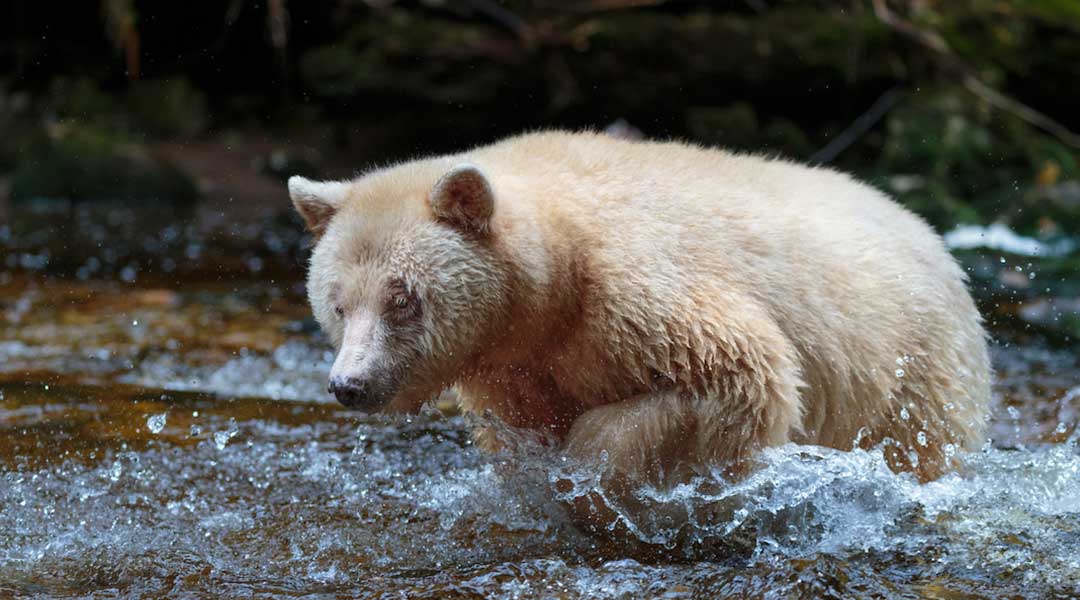
Become an Animal Defender
Help protect bears and keep all animals safe.
Discover More
Living Peacefully with Wildlife
Together, we can learn how to peacefully coexist with wild animals and support their natural habitats.
Coyote Protection in Canada
Coyotes are a native part of North American ecosystems and play an important ecological role.

